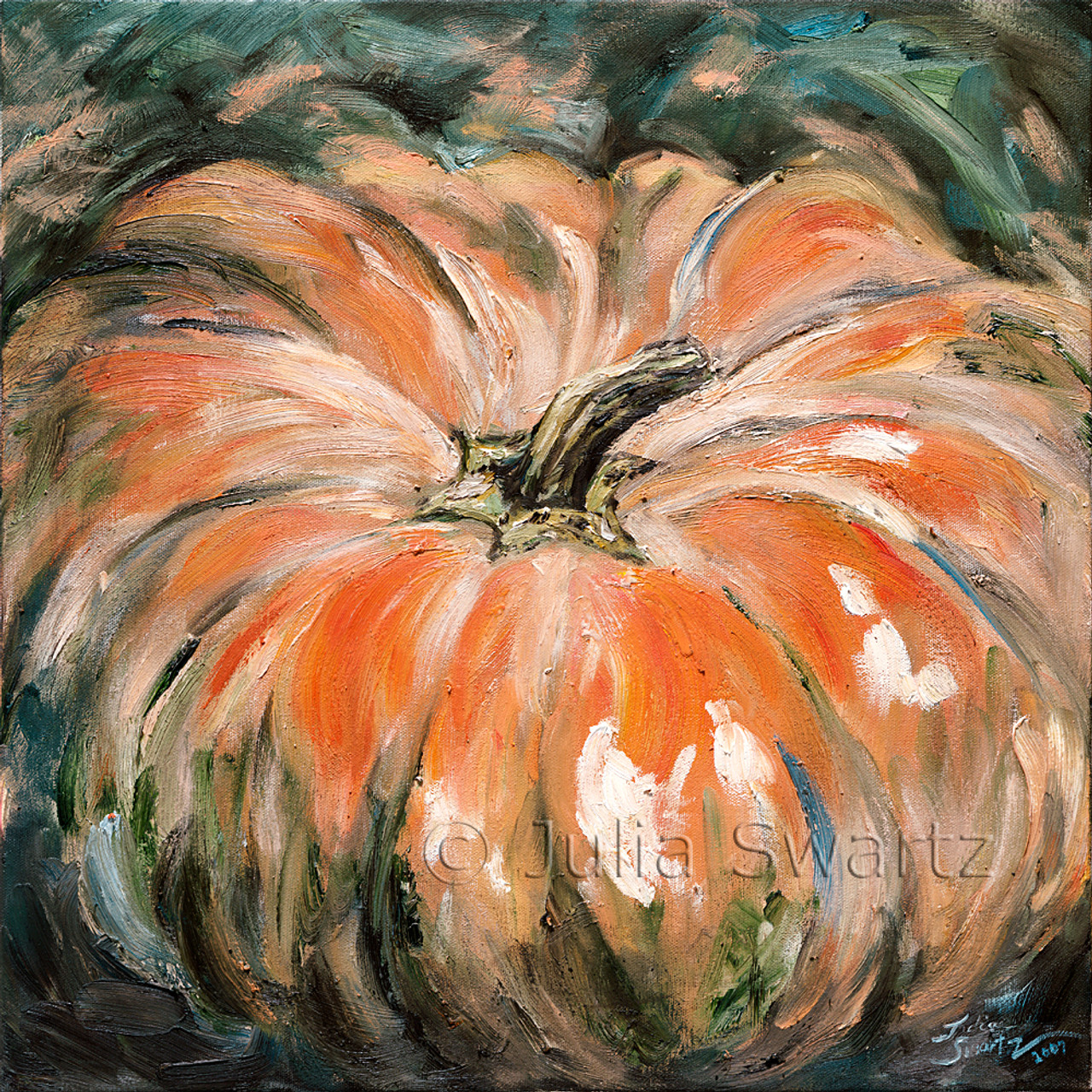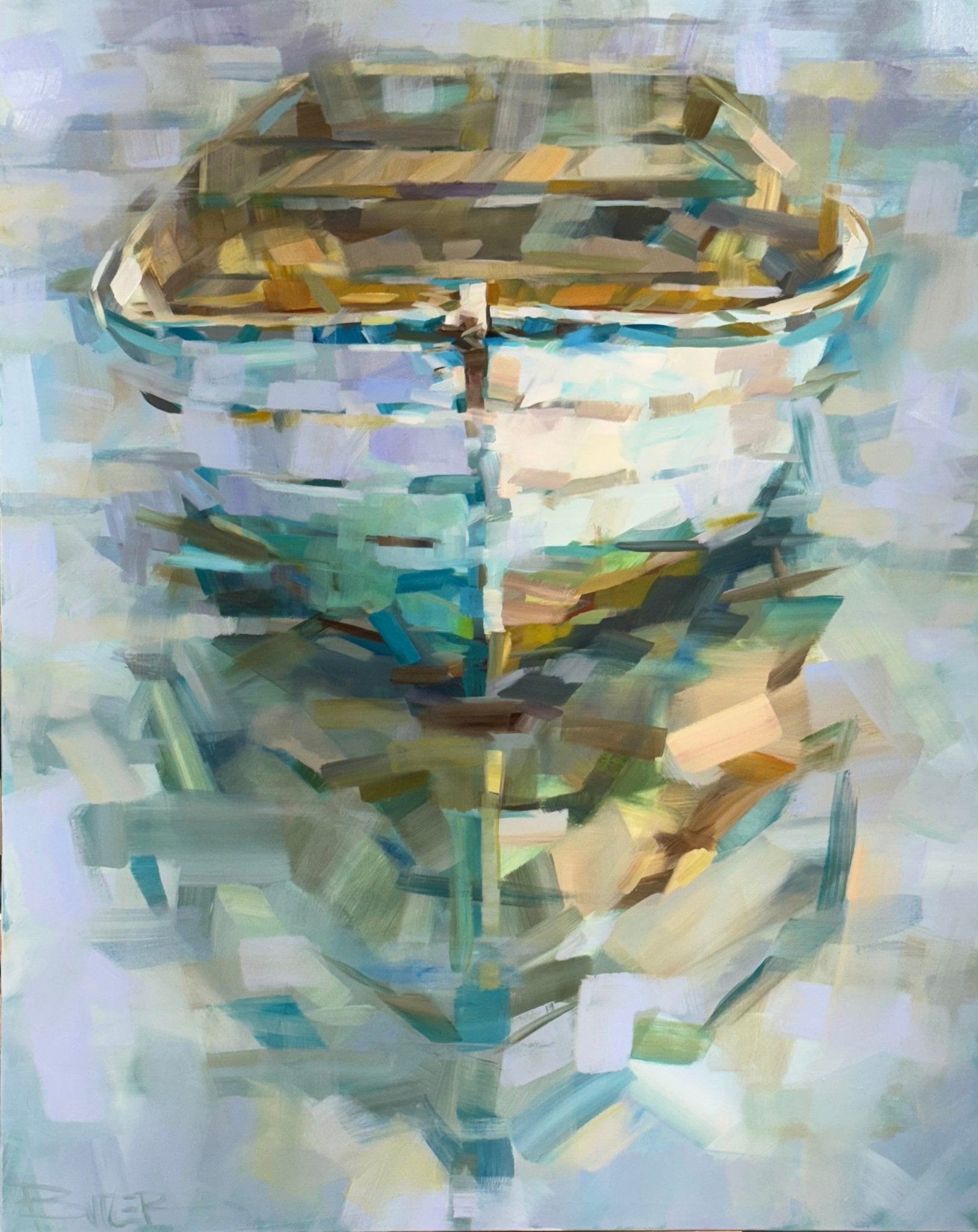Budget-Friendly Modern and Classic Oil Paintings for Sale
Discovering All Concerning Oil Paints: An Overview to Recognizing Their Appeal and Worth
Oil paints have actually mesmerized audiences for centuries, providing a peek into the imaginative proficiency of various periods. Their abundant history is intertwined with innovative strategies and extensive psychological expression. Understanding the materials and techniques behind these art work can boost admiration. Furthermore, the marketplace for oil paints offers opportunities for investors and enthusiasts alike. As one discovers this fascinating globe, the question arises: what makes an oil painting absolutely useful?
The History of Oil Paint: A Journey Through Time
Oil painting has roots that date back to old times, it really thrived during the Renaissance, when artists uncovered its flexibility and rich color possibility. Early examples can be mapped to the 7th century, with techniques progressing especially across societies. The tool ended up being prominent in Northern Europe in the 15th century, especially via the works of musicians like Jan van Eyck, that spearheaded its usage for comprehensive realistic look and vibrant colors. This period noted a departure from tempera paints, enabling greater depth and appearance. As oil painting spread, it affected numerous musicians, causing work of arts by popular numbers such as Leonardo da Vinci and Rembrandt. The tool's legacy continues, forming the art world well right into modern-day times.
Recognizing Oil Repaints: Products and Techniques
As musicians explore the world of oil paints, they experience a diverse array of materials and methods that specify this medium. The key elements of oil paint consist of pigments, which give color, and drying oils, such as linseed, that bind the pigments and help with application. Different ingredients can change the paint's appearance and drying time, improving versatility. Techniques like glazing, where transparent layers are developed up, and impasto, which entails using thick paint, permit various aesthetic results. In addition, making use of brushes, palette blades, and also fingers can create distinct appearances and coatings. Recognizing these strategies and products makes it possible for musicians to totally share their creative thinking and attain the desired impact in their artwork.
The Role of Color in Oil Paints
Shade plays a pivotal duty in oil paintings, affecting both visual allure and emotional resonance. Understanding color concept basics, including the relationships in between shades, can enhance a musician's capability to communicate state of mind and atmosphere. Furthermore, grasping color blending methods enables higher depth and splendor in a painting's scheme.

Shade Theory Basics
Comprehending color concept is essential for musicians working with oil paints, as it forms the structure for developing visually engaging and unified structures. Color concept includes the study of just how colors interact, the color wheel, and the relationships between key, additional, and tertiary colors. Musicians utilize corresponding colors to boost contrasts and produce prime focus, while similar colors advertise unity and cohesiveness within a piece. In addition, the concepts of cozy and great colors influence the understanding of deepness and room in a painting. Realizing these principles permits artists to control color effectively, leading the audience's eye and communicating their desired message. Mastery of shade theory ultimately improves an artist's capability to share emotions and ideas via their work.
Emotional Influence of Color
The emotional effect of shade in oil paintings plays an essential role in exactly how visitors attach and regard with artwork. Colors stimulate details feelings and moods, affecting the visitor's mood. For circumstances, cozy tones like reds and oranges can produce a sense of heat and power, while cool tones such as blues and eco-friendlies typically evoke peace or self-contemplation. Artists strategically choose color palettes to improve narrative components, assisting the audience's emotional journey. The saturation and comparison of shades further magnify these impacts, attracting interest and producing focus. Ultimately, the interplay of shades in oil paintings not only enhances their aesthetic appeal however also functions as a powerful medium for psychological expression, enhancing the visitor's experience and interpretation.
Color Combining Techniques
While several elements of oil painting add to the overall composition, understanding shade mixing techniques is important for accomplishing preferred effects and deepness. Shade mixing can be come close to via different methods, including the additive and subtractive processes. Additive blending entails integrating colors of light, while subtractive blending relies upon pigments, where colors mix to produce new tones. Artists frequently use a restricted palette to develop harmonious jobs, recognizing the partnerships in between main, additional, and tertiary colors. Strategies such as glazing and scumbling better boost deepness and brightness. By skillfully blending colors, a musician can evoke feelings, create focal factors, and accomplish a feeling of realistic look, inevitably boosting the painting's visual and psychological impact.
Famous Oil Painters and Their Iconic Functions

Famed for their proficiency of color and method, oil painters have actually created a few of one of the most well known art work in background. Popular artists like Vincent van Gogh mesmerized target markets with his emotive brushwork in "Starry Night," while Claude Monet's "Impression, Dawn" laid the groundwork for Impressionism. Leonardo da Vinci's "Mona Lisa" stays a long-lasting sign of creative brilliant, showcasing his ability in catching human expression. Rembrandt's "The Night Watch" shows his innovative usage of light and darkness. Other noteworthy numbers include Pablo Picasso, who revolutionized modern art with his bold trial and error in jobs like "Les Demoiselles d'Avignon," and Georgia O'Keeffe, whose vibrant depictions of landscapes and blossoms assisted define American innovation. Each musician's special style contributed considerably to the oil painting landscape.
How to Review the Top Quality of an Oil Painting
Assessing the high quality of an oil paint includes a mindful evaluation of craftsmanship strategies, in addition to an evaluation of color and make-up. Observing brushwork, layering, and the application of paint can reveal the artist's ability degree. In addition, the interaction of shades and the general plan of elements contribute considerably to the paint's aesthetic value.
Assessing Workmanship Methods
A thorough evaluation of craftsmanship strategies is important for figuring out the quality of an oil paint. Evaluators should initially analyze the application of paint; thick, distinctive brushstrokes may suggest a proficient hand, while excessively consistent applications could show a lack of deepness. oil paintings for sale. The layering technique is likewise vital; the existence of glazes and differed density can enhance luminance and complexity. In addition, the high quality of the products utilized, such as the canvas and pigments, plays a considerable role in sturdiness and overall visual. Interest to detail in aspects like sides and changes between colors shows the musician's commitment to their craft. Eventually, these techniques contribute to the paint's emotional influence and market price, functioning as signs of the musician's skill and intent
Assessing Color and Structure
While assessing the high quality of an oil painting, one have to concentrate on the interplay of shade and make-up, as these elements are essential to the artwork's total impact. Color selections can establish and evoke emotions mood; therefore, the artist's scheme must be taken a look at for consistency and comparison. A healthy make-up routes the viewer's eye and creates a sense of unity. Artists commonly use strategies like the guideline of thirds or leading lines to improve aesthetic rate of interest. In addition, making use of light and shadow oil paintings for sale can include deepness, enhancing the three-dimensionality of the painting. Ultimately, a successful oil paint weds shade and composition, engaging the customer and welcoming a deeper gratitude of the musician's vision and technique.
Caring for and Preserving Oil Paintings
Correct care and preservation of oil paintings is crucial for maintaining their integrity and long life. To secure these art work, it is crucial to show them away from straight sunshine, which can trigger fading and discoloration. Keeping a secure setting with regulated temperature and humidity more help in protecting against damages. Cleaning up ought to be done gently using a soft, dry cloth, preventing any kind of harsh chemicals that might harm the paint or varnish. Normal assessments for signs of damage, such as flaking or splitting, are recommended. When saving or carrying oil paints, appropriate extra padding and framing are necessary to prevent physical harm. Eventually, diligent treatment contributes to the visual allure and worth of oil paintings over time.
The Marketplace for Oil Paints: Gathering and Investing
Comprehending the market characteristics for oil paints is crucial for investors and enthusiasts alike. The value of these artworks is affected by various elements, including the artist's online reputation, historical relevance, and existing trends. Collection agencies usually seek pieces that reverberate personally while thinking about possible gratitude in value. Galleries and auctions function as main venues for acquiring and selling, with rates varying based upon demand and rarity. Buying oil paintings requires research study right into the marketplace, along with an understanding of credibility and provenance. In addition, arising artists may provide chances for considerable returns, while developed names can regulate high rates. Generally, a tactical strategy to collecting can produce both aesthetic enjoyment and economic rewards.

Frequently Asked Concerns
What Are the Ecological Influences of Oil Paint Materials?
The environmental effects of oil paint products consist of the launch of unstable natural substances (VOCs), damaging waste generation, and resource removal for pigments. These elements add to contamination and eco-friendly destruction, elevating concerns among environmentally conscious artists and consumers.
How Do Various Canvases Impact Oil Paint Outcomes?
Different canvases influence oil painting results significantly. Appearance, absorbency, and surface quality can change paint application, drying out times, and color vibrancy. Artists frequently select specific canvases to accomplish preferred results and enhance their creative expression.
Can Oil Paintings Be Recovered if Harmed?
Oil paintings can undoubtedly be recovered if damaged. Specialist conservators utilize various methods to repair tears, tidy surfaces, and address staining, making sure that the art work keeps its initial charm and value for future generations.
What Are the Indications of an Original Oil Painting?
The indications of an original oil paint include noticeable brush strokes, texture variations, and an uneven canvas weave (oil paintings for sale). In addition, credibility might be confirmed through provenance, signatures, and the presence of a varnish layer distinct to oil tools
Just How Has Innovation Influenced Modern Oil Painting Techniques?
Innovation has greatly affected contemporary oil paint methods by introducing electronic tools for planning, enhanced products for appearance and longevity, and on-line systems for selling and sharing art, consequently expanding artists' creative opportunities and audience get to. Oil painting has origins that date back to old times, it really prospered throughout the Renaissance, when artists discovered its versatility and abundant shade capacity. The emotional impact of shade in oil paints plays an essential role in how viewers perceive and attach with artwork. While many elements of oil paint add to the overall structure, understanding shade mixing methods is crucial for accomplishing desired effects and deepness. Examining the top quality of an oil painting involves a cautious evaluation of workmanship strategies, as well as an analysis of shade and structure. While evaluating the high quality of an oil painting, one have to concentrate on the interaction of color and composition, as these components are fundamental to the artwork's overall impact.